Photography is both an artistic medium as well as a documentary and journalistic medium. It’s done by everyone from career artist to amateurs picking up a camera for the first time. And it’s become an incredibly successful medium. All this comes together to inspire the history of art photography. Let’s look at the history of art photography from its earliest moments to today.
The Definition of Art Photography
Trying to define, and justify, any type of art will always be a little tricky. The things that make one style of photography and art movement important can often be overlooked for decades. However, there are a few key things to look for when considering what separates art from general photography.
Art photography is in line with the goals of the photographer. This is designed to elicit an emotional response, communicate a message, or explore the formal aspects of photography as a medium. The process of creating art is often an intentional one. Even if the photography isn’t recognized as art for years, its artistic qualities will stand the test of time.
Photography can also become art in retrospect. Photographers like the legendary Dorothea Lange started off as documentarians and are now recognized as some of the finest art photographers to have lived.
Before Photography Became an Art
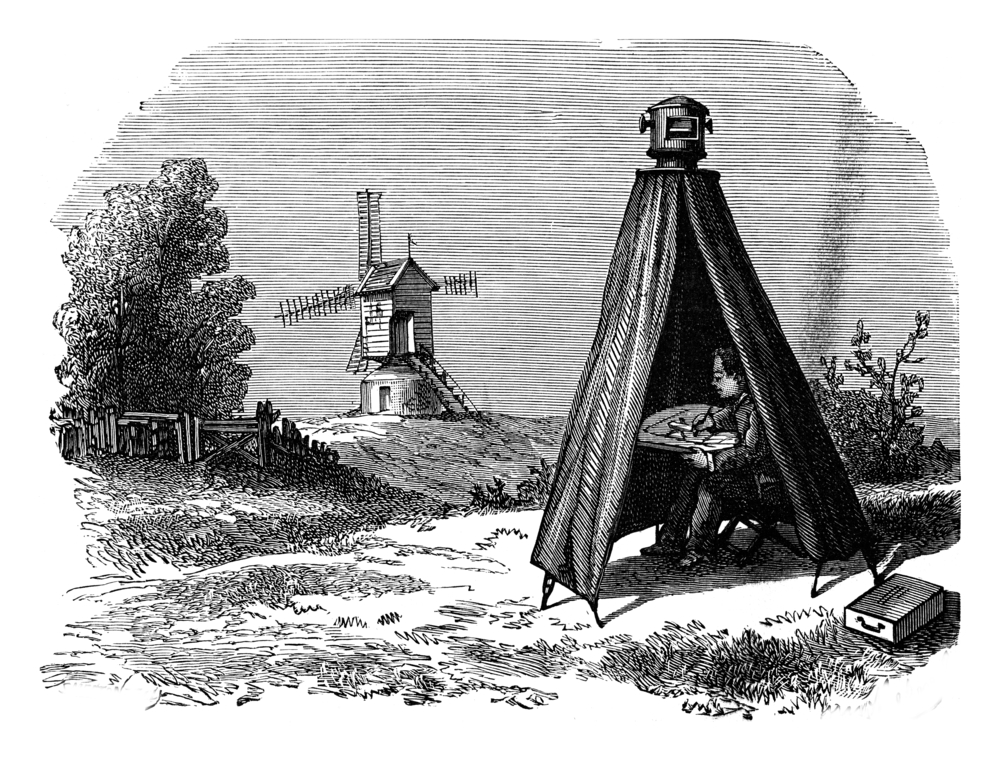
Obscura designers, vintage engraved illustration. Industrial encyclopedia E.-O. Lami – 1875.
It might surprise you to learn that the first device that we would recognize as a camera was invented in the year 1021. This was known as the camera obscura. Interestingly enough, it shared a lot of problems that held photography back as an art until the mid 1850s.
Early photography had a few big problems. It wasn’t until the early to mid-1800s that cameras could capture images on film stock. The film used then was incredibly fragile and very expensive.
It was also challenging to replicate images on a scale that could be enjoyed in an art gallery.
Most early photographers were considered to be technicians by the general public. They were skilled tradespeople that knew how to operate the complicated machinery and chemistry behind taking photographs. It wasn’t until the 1850s that photography became an art.
The 1850s and the Dawn of Art Photography
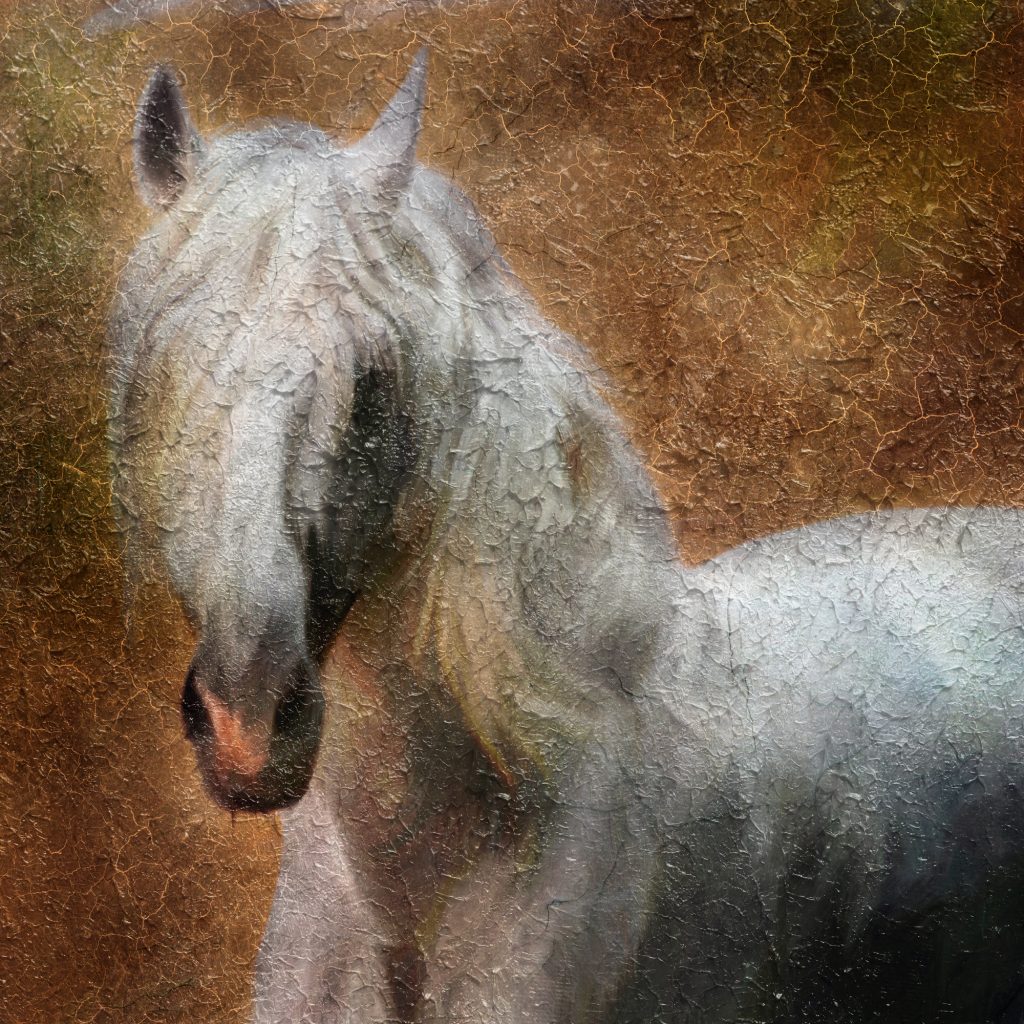
Andalusian horse portrait. Simulation in old painting style
In 1853, The Photographic Society of London became the first major group focused on photography as an art. The next year, the Société Française de Photographie was founded with similar goals. These two groups became flagships in a sea of budding photography groups that discussed the craft, and art, of photography.
In 1852, Sir William Newton gave a reading of his paper titled Upon Photography in an Artistic View which advocated for a particular style of photography. This would come to define art photography for the next three decades.
Newton’s paper argued that art photography should seek to emulate the artistic qualities of classical paintings. He advised art photographers to throw their subject slightly out of focus, use re-touching, and post-production extensively to achieve the desired effect. Many art photographs of this time we’re composite images made up of five or more individual photographs.
It would be another three decades before nature photography would be able to claim its space in the art photography world.
Natural Photography Becomes Art in the 1880s
In 1889, photographer Peter Henry Emerson published a groundbreaking work titled Naturalistic Photography. This essay outlined the philosophy of photography he had been working on for the preceding decade. It argued that the qualities of photography made it artistic on its own. This style argued that photography didn’t need to be touched up to replicate classical painting.
Emerson’s style became known as Naturalistic Photography from the essay that inspired it. This style of photography did away with staged actors, soft focus, and composites made of multiple images. These were shots taken directly from life and then displayed as artwork.
Fans of the style believe that it allowed the inherent qualities of photography to stand out. Naturalistic photography is often considered the moment where photography branches out to an art form. At this point, photography is no longer bound by the rules of closely related art styles, such as painting, and begins to be recognized for its own artistic merit.
The Brotherhood of the Linked Ring and Photography Salons
Fast forward a decade later to 1892. Photography as an art form is getting more popular than it’s ever been. New photography groups are popping up all over the world including Germany, Italy, and India. One of these new photography groups was the Brotherhood of the Linked Ring.
The Brotherhood of the Linked Ring rejected the idea that photography had to be a strictly technical concept. These were artists approaching photography from new angles and trying out new styles. The Brotherhood of the Linked Ring was made of countless individuals with their own individual styles, all sharing a belief that photography was a valid art form.
From 1893 to 1909, The Brotherhood of the Linked Ring staged photography art galleries they referred to as “salons.” These salons allowed them to explore new art styles and show the depth of the potential that photography had to offer for artists.
New Objectivity
Photography continued to develop as an art form for the next two decades. The mainstream focus was on realistic photography that did not involve touch-ups or post-processing. There was still a strong rejection of the photographic styles of the 1850s.
New objectivity continued this trend and moved it forward. Photographs were still to be composed in the lens and not touched up or cropped it all, but they now took more experimental looks at their subjects.
Styles that grew out of New Objectivity, like Constructivism, sought to take photographs of everyday objects and change how people view them. Edward Weston’s Dunes, Oceano is one of the clear examples of these new trends in photography.
The Work of Ansel Adams

Yosemite Valley in black and white ala Ansel Adams
Ansel Adams grew out of the New Objectivity style. His photography helped plant the seed that would grow into the National Parks system. Ansel Adams also foresaw changes that were coming to photography.
The biggest one was that Ansel Adams was not afraid to alter his photographs. He used extensive touch-ups in post-production to make his photos recreate his experience rather than the cameras.
Art Photography Begins to Experiment with Form
The age of Rayogrpahs, Vortographs, and Photograms bloomed shortly after 1916. This was a new focus on the photograph as an artistic medium. Photographers began to experiment with post-production and editing techniques.
New kinds of film were developed as were strange new styles. Photographers began creating art photos in which there was no clear subject. These photographs were similar to abstract paintings and the art of the Dadaist movement.
This era of art photography was also deeply political. Much like the Dadaist artist that inspired it, the early age of experimental photography was expressly dedicated to liberatory politics and resisted emerging fascist movements such as the Nazis in Germany.
The Rise of Documentary Photography

The Great Depression had impacts on all aspects of fine art. One of the most notable ones was the rise of documentary style photography as its own artistic movement.
During the Great Depression, the United States government had several programs that employed countless artisans across the country. One of them involved commissioning over 250,000 photographs to be taken across the country to document life during the Great Depression.
Dorothea Lange was one of these photographers. Today, Lange is recognized as one of the greatest naturalistic or documentary photographers of all time. While this work was seen as more clerical and technical during its day, it quickly became recognized for its historic and artistic qualities.
Smartphone Photography as Art Photography

Woman In Hat Winter Jacket Taking Selfie Photo Smart Phone Peace Gesture Pop Art Retro Style Vector Illustration
We’re going to fast forward some sixty years of history. In the year 2000, the first camera phone was released. This fundamentally changed photography by putting a camera in the hands of millions of people across the world.
Smartphone photography often has a journalistic or biographical quality to it. Most people aren’t considering their photographs to be artistic statements, but rather expressions and recordings of their daily lives. However, in 2016 the Met Art Gallery held a display dedicated to smartphone photographers.
We’re currently living through a renaissance of multiple different styles of photography. Street photography, the retro Lomography style, and digital and glitch art are reshaping how we look at this unique medium. What the future holds for photography is going to be exciting.
Author bio: Hello, my name is James Miller. I’m the founder of Photographer Touch. I’ve been photographing for the past 18 years, and my mission is to simplify this misunderstood art of taking and processing photographs I love. Find out more at https://photographertouch.com/


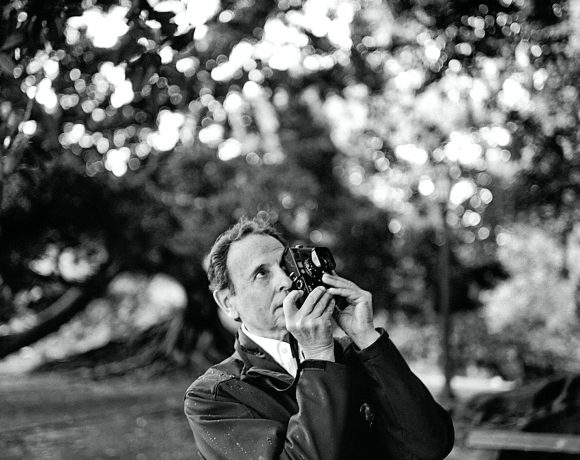
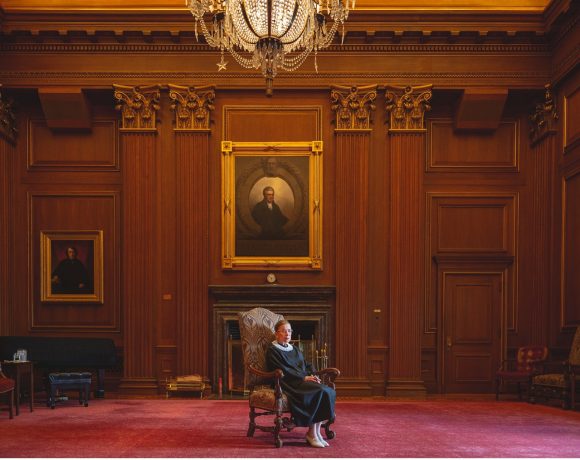
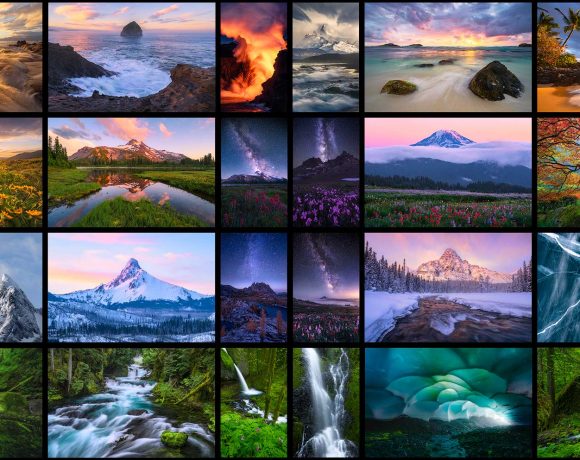




NO COMMENT